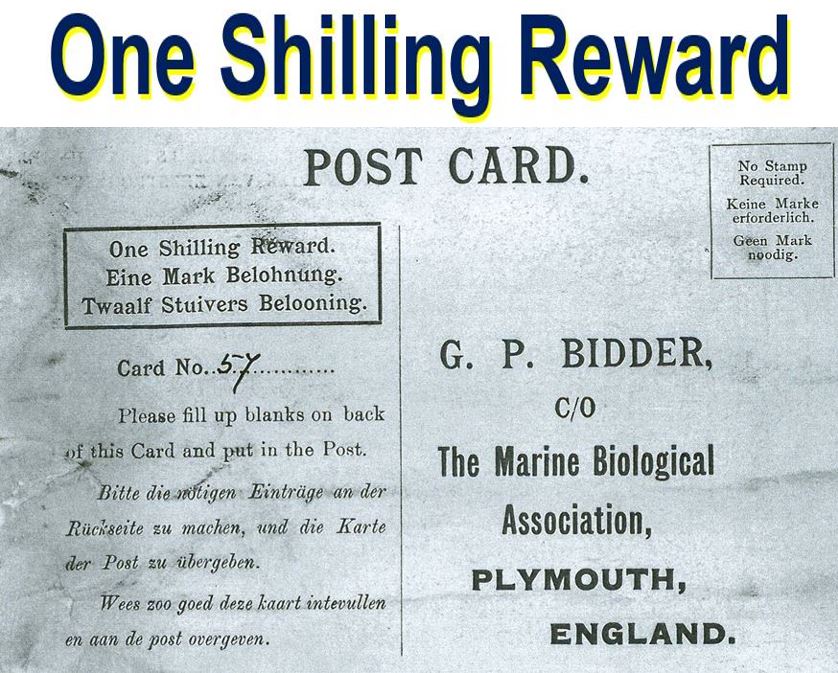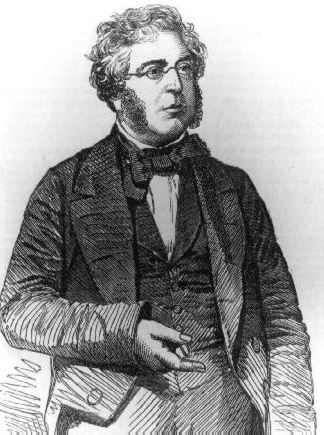A message in a bottle that was dropped in the sea in 1908, reached its intended destination after 108 years, setting a new world record for late delivery, according to the Marine Biological Association in Plymouth, England.
The Guinness World Records has confirmed it is the oldest message in a bottle ever found.
In the early years of the last century, several bottles containing postcards were released into the southern North Sea. The releases formed part of the Marine Biological Association’s (MBA’s) research into ocean currents and commercial fish behaviour.
 This bottle, with a message inside, was dropped into the sea in 1908, picked up 108 years later, and delivered to the Marine Biology Association in Plymouth. A new world record. (Image: mba.ac.uk)
This bottle, with a message inside, was dropped into the sea in 1908, picked up 108 years later, and delivered to the Marine Biology Association in Plymouth. A new world record. (Image: mba.ac.uk)
Bottle ended up on German island beach
This record-breaking bottle had been drifting on sea currents for 108 years, 4 months and 18 days. It was picked up on a beach on Amrum island, one of the North Frisian Islands on the German North Sea coast, south of Sylt and west of Föhr.
According to the Guinness World Records:
“The message was found by Marianne Winkler (Germany), who duly returned the card to sender. It is not known how Marianne plans to spend her shilling.”
The letter in the bottle was addressed to George Parker Bidder (1806-1878), an English engineer and calculating prodigy and an important figure in the development of the MBA – and therefore of marine biology in the United Kingdom – in the early years of the 20th Century.
 Over one thousand messages in a bottle were dropped into the sea at the beginning of the last century. Mr. Bidder said he got 55% of them back – the 1 shilling reward was a strong motivating factor. (Image: mba.ac.uk)
Over one thousand messages in a bottle were dropped into the sea at the beginning of the last century. Mr. Bidder said he got 55% of them back – the 1 shilling reward was a strong motivating factor. (Image: mba.ac.uk)
The letter (a postcard) was delivered to the MBA’s Plymouth laboratory in April 2015, to the delight of MBA staff when they learned who it was addressed to (Mr. Bidder).
Finder got 1 shilling reward
The bottle also had another message, promising to give to whoever picked it up a reward of 1 shilling (5 pence).
Mr. Bidder, an engineer, had devised what we would today call a ‘citizen science’ project. He released more than one thousand ‘bottom-trailer’ bottles into the North Sea from 1904 to 1906.
According to records, he reported a return rate from fishermen of about 55%. The promised reward of one shilling probably had something to do with the high return rate.
What was probably the most interesting thing marine scientists learned from his experiments was that in the southern North Sea floating bottles mostly moved across the North Sea towards continental Europe, while his bottom-trailers generally ended up on the English shore.
Mr. Bidder deduced that river outflow caused a shoreward flow of denser salt water.
From bottles to electronic tags
Mr. Bidder enlisted the help of the general public, mainly fishermen, to further our scientific knowledge, something that MBA scientists continue doing today.
 George Parker Bidder, the sender and recipient of the message in the bottle, was an important figure in the development of the Marine Biological Association. (Image: Wikipedia)
George Parker Bidder, the sender and recipient of the message in the bottle, was an important figure in the development of the Marine Biological Association. (Image: Wikipedia)
Today’s equivalent of a message in a bottle is the electronic tag. Scientists attach tags to commercially important fish species such as plaice or cod, and transmit signals which allow them to monitor and track the marine creatures at sea. The data they gather provide detailed insights into fish behaviour.
If a tagged fish is caught, the MBA pays the finder a reward for returning the tag.
In 2014, MBA researchers deployed unmanned surface vehicles coordinated with the release of tagged fish into a protected area of the sea.
This allowed them, for the first time, to literally eavesdrop in real time on the daily lives of individual fish, and learn about how they occupy various different habitats within a protected area through time.
Citizen Science
The MBA, which is a member of the European Citizen Science Association, works with community groups and schools across the UK to gather data on rocky sea shore life through the Shore Thing initiative.
All the data collected by volunteers is available on the internet and will help build a picture of the present state of our rocky shores, as well as measuring change in the future, the MBA says.
